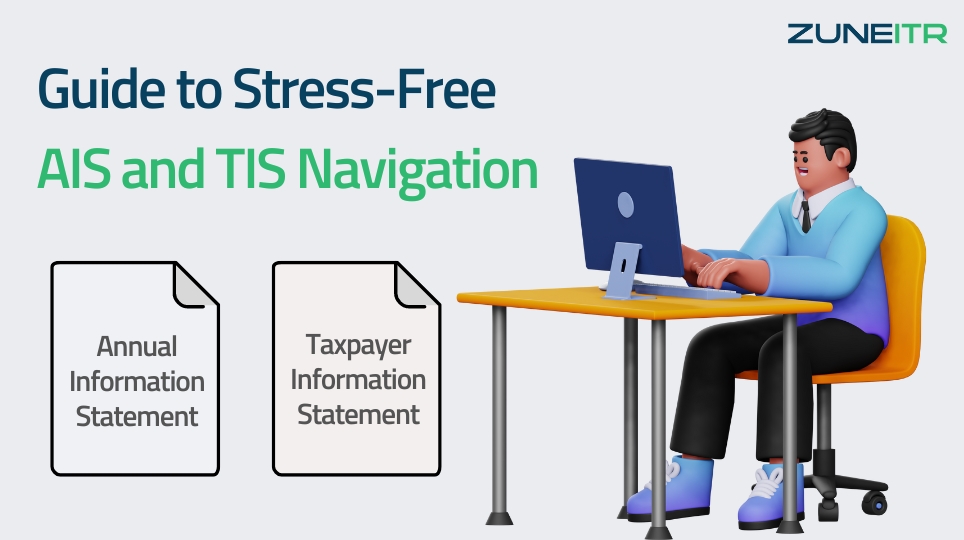Introduction
initially seem complex, understanding their purpose and structure is essential for efficient tax management. In this blog post, we’ll demystify the AIS and TIS, providing practical tips and real-world examples to help you navigate these documents with confidence.
- Comprehensive Information: The AIS details various financial transactions, such as interest earned, dividends received, investments made, and more. This extensive data helps you get a clear picture of your financial landscape.
- Pre-filled Tax Returns: One of the significant benefits of the AIS is that it simplifies the tax filing process by pre-filling information in your tax return. This feature reduces the chances of errors and saves time.
- Verification and Compliance: It is crucial to review your AIS carefully and rectify any discrepancies promptly. This proactive approach ensures accuracy and helps you avoid scrutiny from tax authorities.
- Focus on High-Value Transactions: The TIS primarily focuses on substantial financial activities, such as large cash deposits, property purchases, or high-value share transactions.
- Alert Mechanism: By flagging these high-value transactions, the TIS acts as a reminder to ensure they are properly reported in your tax return, reducing the risk of non-compliance.
- Cross-Verification: To maintain accuracy, it is essential to cross-verify the information in your TIS with your personal records. This process helps identify any discrepancies or omissions.
- Review Regularly: Make it a habit to review your AIS and TIS periodically to stay informed about your financial transactions and identify any discrepancies early on.
- Verify and Rectify: If you spot any errors or omissions in your AIS or TIS, take immediate action to rectify them. Contact the relevant financial institutions or authorities to ensure your records are accurate and up to date.
- Keep Organised Records: Maintain organised personal financial records, such as bank statements, investment documents, and receipts. This practice will make cross-verification wit your AIS and TIS much easier.
- Seek Professional Help: If you encounter complex situations or have doubts about your AIS or TIS, don’t hesitate to consult a tax professional. Their expertise can provide valuable guidance and peace of mind.
- Ignoring Discrepancies: One of the most common mistakes taxpayers make is ignoring discrepancies in their AIS or TIS. Always investigate and rectify any inconsistencies to avoid potential penalties or scrutiny from tax authorities.
- Delayed Reviews: Procrastinating on reviewing your AIS and TIS can lead to last-minute stress and increased chances of errors. Make it a priority to review these documents well before the tax filing deadline
- Failing to Report High-Value Transactions: Neglecting to report high-value transactions highlighted in your TIS can raise red flags with tax authorities. Ensure these transactions are accurately declared in your tax return to demonstrate compliance.
Navigating the complexities of the Annual Information Statement and Transaction Information Summary is crucial for accurate tax compliance as an Indian taxpayer. By understanding the purpose and structure of these documents, regularly reviewing them, and taking prompt action to rectify discrepancies, you can streamline your tax management process and avoid potential pitfalls.
Remember, the AIS and TIS are valuable tools provided by the tax authorities to assist you in maintaining compliance. Embrace these documents as an opportunity to stay informed about your financial transactions and make informed decisions. If you ever feel overwhelmed or unsure, don’t hesitate to seek the guidance of an O2M tax professional.
For personalised assistance in optimising your tax compliance and maximising your financial wellbeing, consider scheduling a free, no-obligation consultation with our experts at ZuneITR. Our team is dedicated to helping taxpayers like you navigate the intricacies of tax laws and ensure a stress-free tax filing experience. Visit www.zuneitr.com today to book your appointment and take the first step towards mastering your AIS and TIS.

